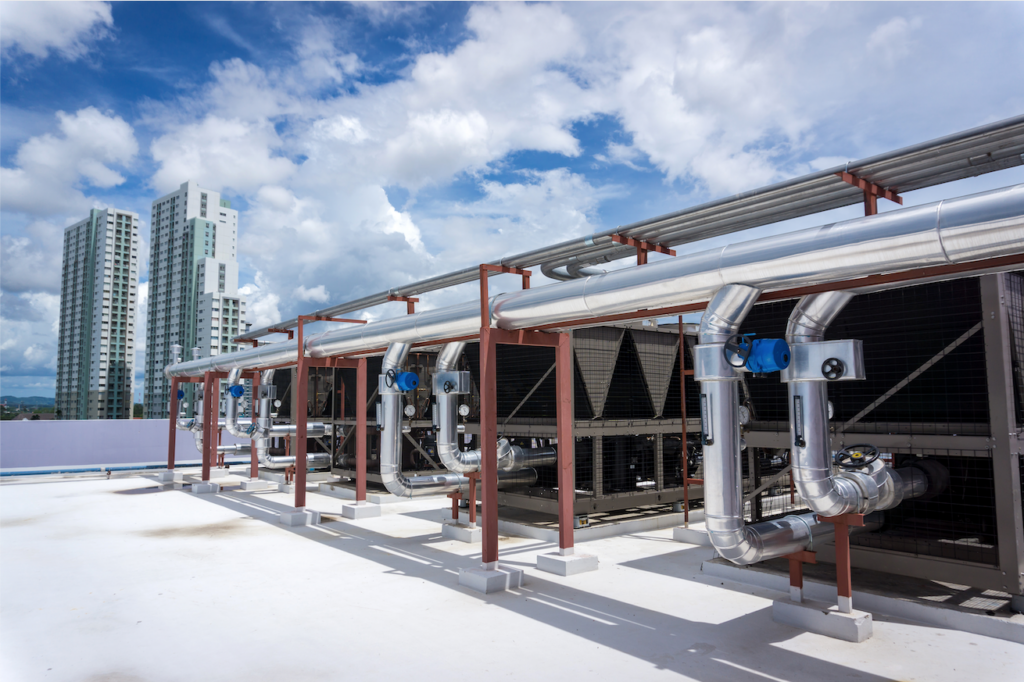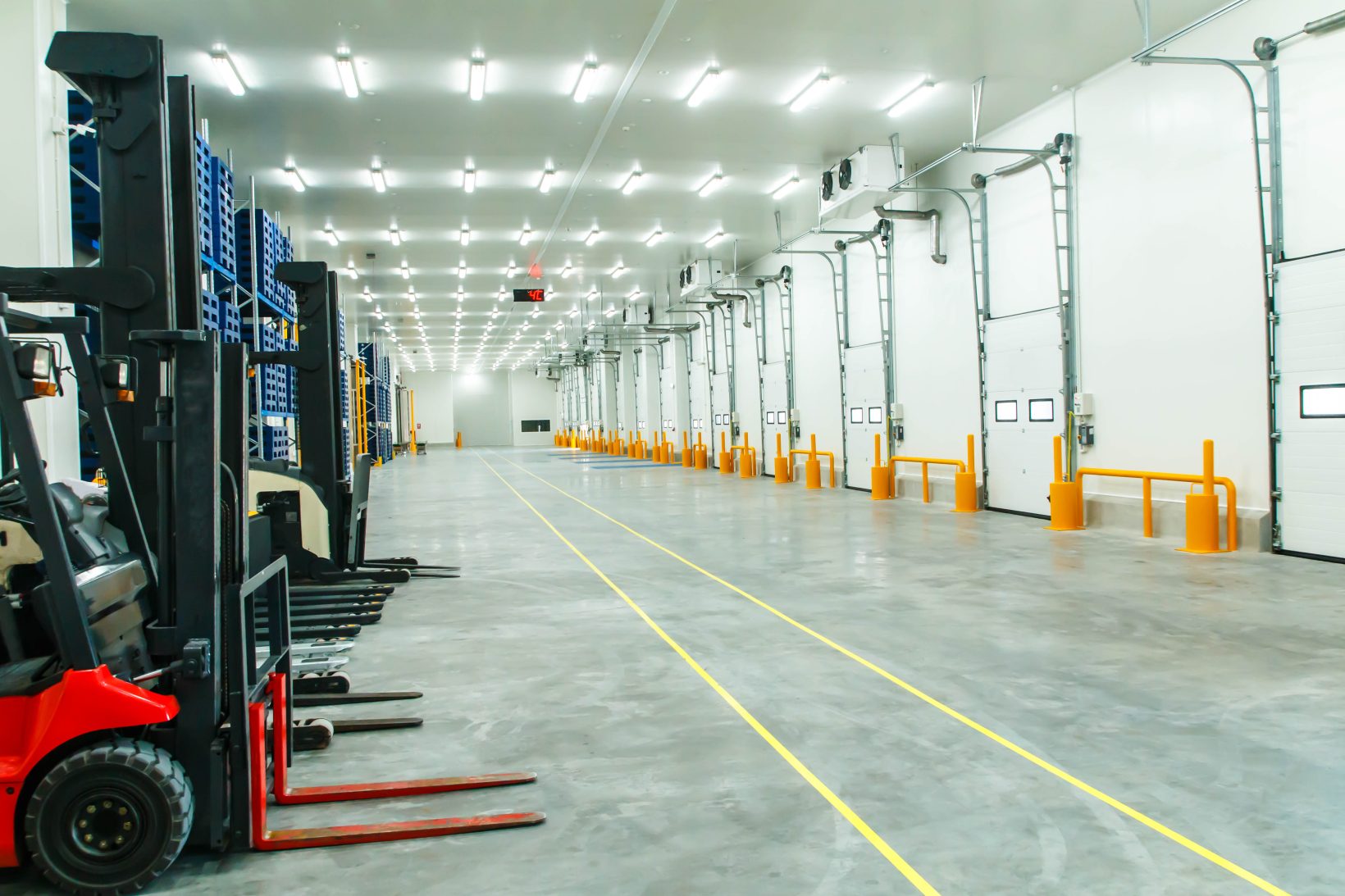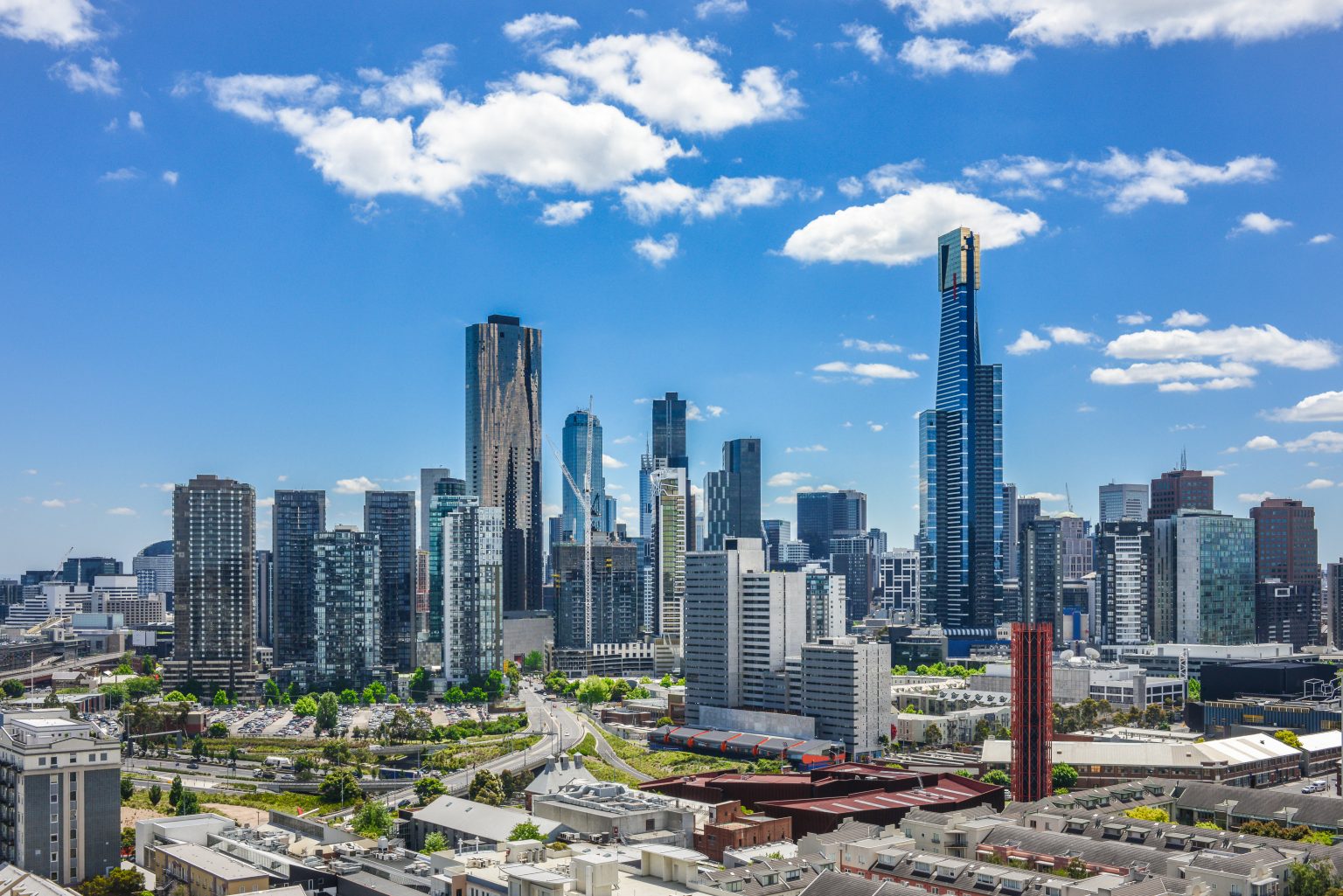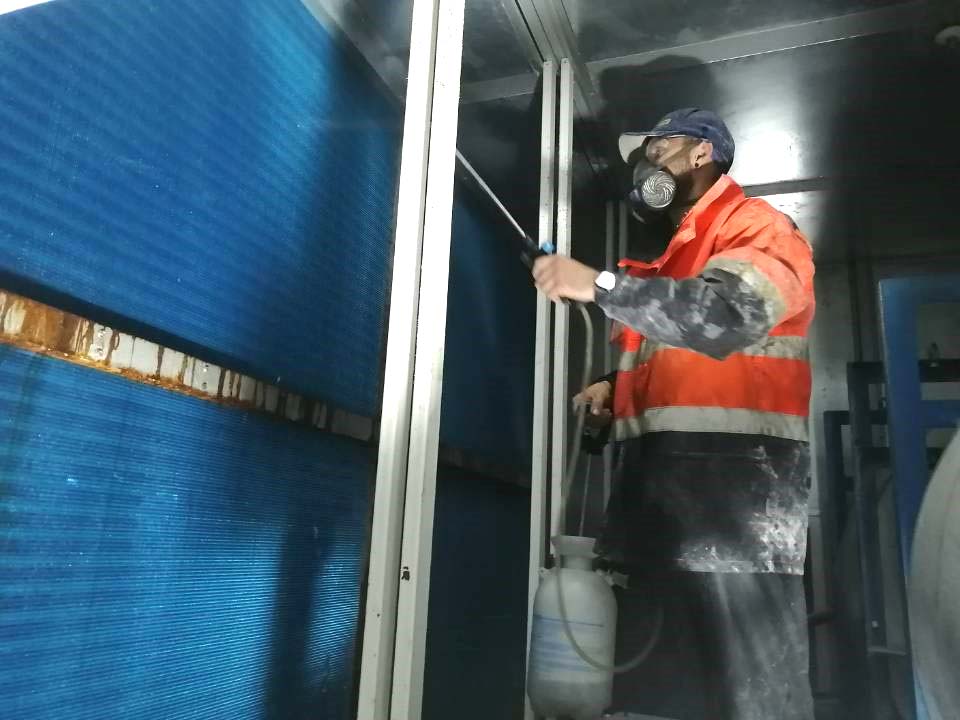 HAVC systems can be very complicated and confusing, specially if you are not a cooling tower expert. As there are multiple functions, makes and designs which is why it is common for people to over look how important a cooling tower’s role is to HAVC systems. We understand that cooling towers are a very niche topic, an important and needed piece of infrastructure that is fundamental to employees’ and customers’ comfort in an office space. They are also keeping food products or equipment cool.
HAVC systems can be very complicated and confusing, specially if you are not a cooling tower expert. As there are multiple functions, makes and designs which is why it is common for people to over look how important a cooling tower’s role is to HAVC systems. We understand that cooling towers are a very niche topic, an important and needed piece of infrastructure that is fundamental to employees’ and customers’ comfort in an office space. They are also keeping food products or equipment cool.
Many people simply don’t understand that servicing, cleaning and maintaining your cooling towers not only reduces the risk of health risks, the underperformance of the unit, and a BIG cost to the owners and operators both financially and in some cases legally as well, but cooling towers often are extremely important to how your HVAC system runs.
To better understand cooling towers’ role with HVAC systems we sat down with Darren Driscoll who has over 33 years of experience and is the owner of Coolclean, a 100% Australian-owned and operated company specialising in the cleaning of cooling towers and cool rooms of commercial and industrial premises throughout Australia.

What is HVAC?
We began by asking the Coolclean guys an important question: “What does HVAC stand for?” HVAC, which stands for heating, ventilation, and air conditioning, is in charge of heating and cooling a building. It also serves as a source of proper ventilation, allowing moisture to escape.
Not all HVAC units are air conditioning units, even though AC units are included under the HVAC umbrella. It is important to know that it is an extremely broad term, consider it an umbrella term for all types of interconnected air control systems.
HVAC units come in a variety of shapes and sizes, each with its own set of advantages depending on their design and location. Units can consist of any combination of the following:
-Boilers
-Air conditioning units
-Ducts and moisture vents
A HVAC cooling tower is used to dispose of unwanted heat from a chiller. HVAC use a cooling tower to pair the cooling tower with a water-cooled chiller or water-cooled condenser.
It is important to note that although HVAC systems involve heat at time Coolclean do not perform services for that side of HVAC systems
The size and design of cooling towers vary depending on the cooling load of a building. The size of a building from which heat must be extracted determines the cooling load. The relative humidity of the air is another factor that influences this design. The location of the building determines this.
HVAC coils’ performance deteriorates dramatically over time as they collect airborne contaminants, becoming dirty and inefficient. A dirty coil cannot provide proper heat transfer, and heat exchangers can consume up to 47% more energy.
When running with dirty coils, a non-cleaned unit consumed about DOUBLE the electricity of a unit with clean condenser coils.
Commercial Cooling Towers and HVAC
HVAC systems in commercial buildings are designed to heat and cool a large area. As a result, the size of the units must increase proportionally to the space in which they are to supply conditioned air. Cooling towers are appropriate here. They are larger, more durable, and handle more work than smaller systems. Cooling towers, when used in commercial HVAC, produce high-quality air while using far less energy.
Cooling towers circulate cold water through warm coils and into a heat exchanger.
A heat exchanger extracts heat from the water and returns it to the coils, reducing the amount of work required by the system as a whole.
Because commercial HVAC units must cool such large areas, this is a practical solution to unexpected breakdowns. Because an HVAC unit does far more work to cool commercial spaces than a residential unit, these towers provide a much-needed crutch for the unit. Cooling towers relieve some of the pressure on the HVAC system, lowering the likelihood of a breakdown.
https://www.cdc.gov/healthywater/other/industrial/cooling_towers.html

Maintenance for Cooling Towers:
Coolcleans’ goal is to provide modern-day cooling tower solutions for their clients that address the six core principles of a quality cooling tower job.
- The design
- scope of work and outcome must address performance optimisation
- water savings
- energy savings
- government compliance
- reduce legionella risk
- prevent environmental damage
Routine operational maintenance is very important to achieve consistent throughput from your cooling towers. These procedures can prevent loss of efficiency in the heat transfer section by maintaining proper water flow and airflow, as well as preventing corrosion in the cooling tower. Maintenance frequency depends on the type of the tower, the size and external factors like the location of your building, but Coolclean always recommends an inspection every 12 months. Because cooling towers are their own ball game when it comes to cooling technology, they require specific maintenance due to the large volumes of water involved in how cooling towers work, these components are potential breeding grounds for the development of Legionella bacteria. The heat contained in cooling tower water also plays a role. Due to this risk, proper disinfection and maintenance is critical to prevent outbreaks of Legionnaires’ disease caused by a contaminated cooling tower.
If Coolclean understands that your cooling tower may need further maintenance or even repairs and services, they will also refer clients that have service or repair issues to nationwide, trusted providers like FlowMatrix.
FlowMatrix provides high-quality products like “Repelcoat” that can prevent maintenance issues like corroding basins to ensure standards always stay maintained.
Coolclean expertise more than just adding Chemicals!
Darren gave us an amazing example as to why the maintenance of a cooling tower is extremely important, he stated “ think of a cooling tower like a car you take it to the motor mechanic shop and the guy says all you need to do is keep putting the green coolant liquid in the radiator every six months and it will run safely, which is just totally WRONG. You need to bring you car in for a full service not just a clean, or chemical in the radiator. Inspect all the parts, clean the filters, replace the brake pads, grease the bearings replace parts as required. There is so much more that is important to keep that car running and it the same with cooling towers”
If your cooling tower cleaner is not servicing the cooling tower, taking photos, inspecting all the components to ensure they are working correctly, greasing, and providing a detailed report for every cooling tower, chances are no one is doing this critical work
Simply just treating and doing a basic clean such as just pouring that green liquid in your car
Coolclean guys explained how the Water treatment companies primary role and most profitable activity is to sell chemicals, testing, dosing equipment, and filtration systems. The water treatment companies make most of their profit on the selling the chemicals to treat water. The cleaning for a water treatment company is low profit as it has a high amount of labour, so the less they do is less labour so less cost, and the best way to make it more profitable for them.
However, simply treating your water and doing a quick as possible clean, instead of servicing, inspecting and cleaning the cooling tower and all components properly will lead to a variety of problems such as corrosion, fouling, scaling, deposits, and microbiological impurities over time. Yes, without professional cleaning, the cooling tower and system deteriorate, which is quite surprising.
Darren explains that It’s very important that any company that offers cooling tower cleaning should offer servicing, inspection and detailed reporting. To do this they must have the cooling tower knowledge and technical experience to help people get the best results possible, Especially now that it’s a legal requirementto clean the interior surfaces of all cooling towers in Victoria.
https://www.health.vic.gov.au/water/cooling-tower-systems

Coolclean are cooling tower cleaning experts :
It is important to hire an expert that can look after everything, Darren told us a few things that Coolclean do to ensure a safe cooling tower.
•Recommend when and how often to service and clean your cooling tower based on compliance and cooling performance
•Know the builds, makes, models, and manufacturers of all cooling towers to understand what individual towers need.
•Understand how to carry out the manufacturer’s requirements of the Operation and Maintenance Instructions
•Be experienced in adjusting and balancing all chemicals correctly for cleaning disinfection.
•Understand how to inspect and check all components of the cooling towers to report on fault correctly.
•Offer and create a full report of your cooling tower cleaning service afterwards for compliance and or warranty purposes.
Take photos of components that are faulty and include them in your cleaning report
•Work safely, wearing the correct protectant PPE gear that protects everybody, and the environment.
•Be compliant, and work within government cooling tower cleaning regulations, like cleaning all interior surfaces.
•Work smartly, efficiently, and in ways that cause minimal disruption to your business, building employees, or the public.
•Have to experience understanding how to disassemble various cooling tower parts for best cleaning outcomes.
•Know how drift eliminators, fill packs, air intake splash louvres and water nozzles work so that they can report faults during a clean.
•Have the training to run a confined space entry if required and with a rescue plan.

Make sure you stay up to date with your maintenance and cleaning for a happy cooling tower and HAVC system, give the guys at Coolclean a call the team are always looking out for their clients, providing the highest quality service possible.
CONTACT US
Melbourne
Unit 21, 21-22 National Drive, Hallam VIC 3803
+61 03 8765 9500
service@coolclean.com.au





